WelCom May 2022
Hauropi Mariana
A Marian Integral Ecology
Fr Peter Healy sm describes the development of a Marist ecological spirituality as linking Mariology, sustainable gardening practices and care of our common home in a search for integrity.
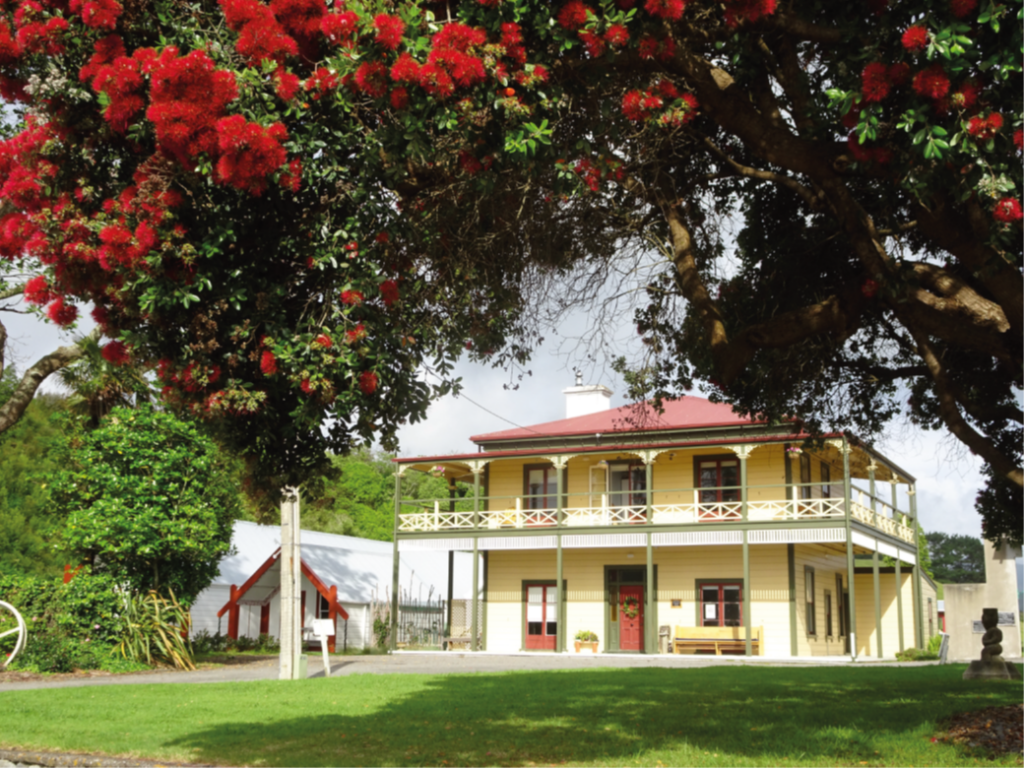
He mihi tēnei ki a koe Hine nui o te Ao Katoa.
Ko koe Maria Takakau, ko Te Tātāhou.
Ko koe Te Whaea, ko Te Māra Kai.
Ko ko te Kuini o te Aonui.
He mihi anō ki te Kaipānui o tēnei kaupapa.
Mā tēnei kaupapa morearea tō ngākau e tuwhera.
We acknowledge you Mary Protector of the Whole World.
You are Mary, Virgin Soil.
You are Mary, our Food Garden.
You are Mary Queen of the Whole World.
Dear Reader may this ecological Spirituality
open your heart at this critical time.
The ecological spirituality described here is influenced by the place it has been developed. At Pukekaraka, Ōtaki there is a whare tupuna, an ancestral meeting house. It was built in 1905 in honour of Mary Mother of the Whole World, Mary Mother of Peace and Light. This whare named Hine nui o te Ao Katoa, is an expression of a faith practice that is Māori, Marian and Catholic. The sacred site of Pukekaraka is the very best of places to reflect with Mary as we respond to the interconnected crises of our times.
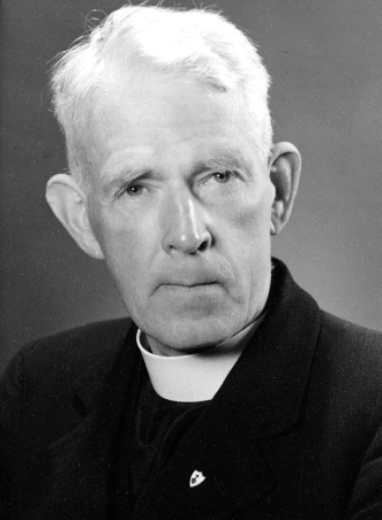
One of the Marist Priests buried here is Pā Hemi Durning, and he used a Māori word: whakawhenuatia, to highlight the experience of being grounded in a particular place. The Integral Marian Ecology of Pukekaraka is a whakawhenuatia event that is a grounding and homing experience for all who engage with it. Whakawhenuatia is a helpful notion as we explore the contours of our home-ground here and everywhere.
That we are in a new period of human earth relationship is something most ecologists agree on. There is a blessed unrest in almost every part of our world characterised by a search for greater justice and integrity for our planet home. Blessed unrest is showing up in the cries of protest from young and old. Heard from each hemisphere, from continents to island states, from the western world to native peoples, it is heartfelt and urgent. Our sisters and brothers in Oceania, dealing with sea-level rise and storm events, are eloquent in their call to us. There is an invitation before us all; to be seeing with new eyes, discerning with great heart and acting together in hope. We look to Mary for inspiration as we seek out new visions.
Virgin, Mother and Queen
Three well known Marian titles form the basis for our initial reflection; Mary as Virgin, Mother and Queen. The span of these Marian titles has the potential to connect everyone and everything. Mary’s concern from her youth to her heavenly reward has a sweep that embraces the microcosm of the tiny and the macrocosm of the immense. This Marian ecology joins Mariology, gardening practices, the sustainability of our common home and cosmology, in a search for integrity. Mary’s concern for the whole of life is something we take great heart in. She will lead and guide us into a fresh engagement with our homes, our backyards and our workplaces. In her maternal care Mary holds a promise for the revitalising of our relationships with everything that is harmed and broken.
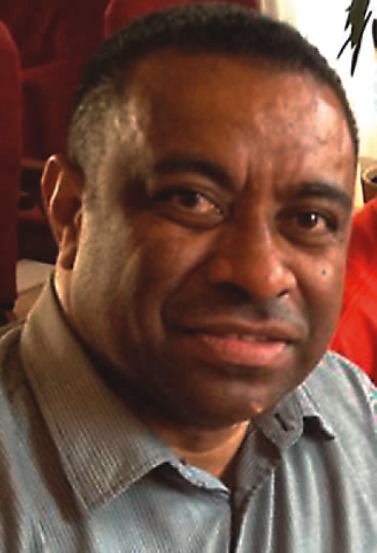
This integral ecology draws on the work of a Fijian Marist Priest Donato Kivi. He has written an ecological spirituality for the formation and re-evangelisation of the people of Fiji. While his work is particular to Fiji, it is also for the whole world. It is a special contribution to a Marian way of caring of our planet home and engaging with the new corporal and spiritual work of mercy, nominated by Pope Francis in 2016.
With Mary as Virgin, we bow to the soil, the life giving matter that sustains and nurtures life. With Mary as Mother, we take in the garden, the relational site that is an intimate living community. With Mary as Queen, we lift our gaze to the whole Earth, our shared web of life that enables and empowers.
The spirit of Mary as Virgin, Mother and Queen is full of love and concern for all life, particularly places and persons suffering most in this time of crisis. Our world is troubled and, she now cries out to us because of the harm we have inflicted on her. (Laudato si’ #2). We have one planet, one home, and it is a singular connected community. This community of life is in a perilous state because of human excess and exploitation. Pope Francis draws us into Mary’s compassionate heart when he writes; ‘Mary the Mother who cared for Jesus, now cares with maternal affection and pain for this wounded world. Just as her pierced heart mourned the death of Jesus, so now she grieves for the suffering of the crucified poor and for the creatures of this world laid waste by human power.’ (Laudato si’ #241)
The Vatican Dicastery on Integral Human Development has seven goals to support the implementation of Pope Francis’ encyclical Laudato si’, Care for our Common Home. One of the seven goals is ecological spirituality and the Marian Integral Ecology presented here, is a particular Marist response to this goal. Mary’s maternal affection for our world is profound. We can imagine her as the first integral ecologist who learned her homemaking craft in the extended family of the village of Nazareth. She inspires ongoing conversion and encourages us as we move into an ecological era. An era that needs to be characterised by scaling down and drawing back, so that we can live with greater reverence and respect.
To be Mary, Virgin: Ko te Whaea – Ko te Tātāhou
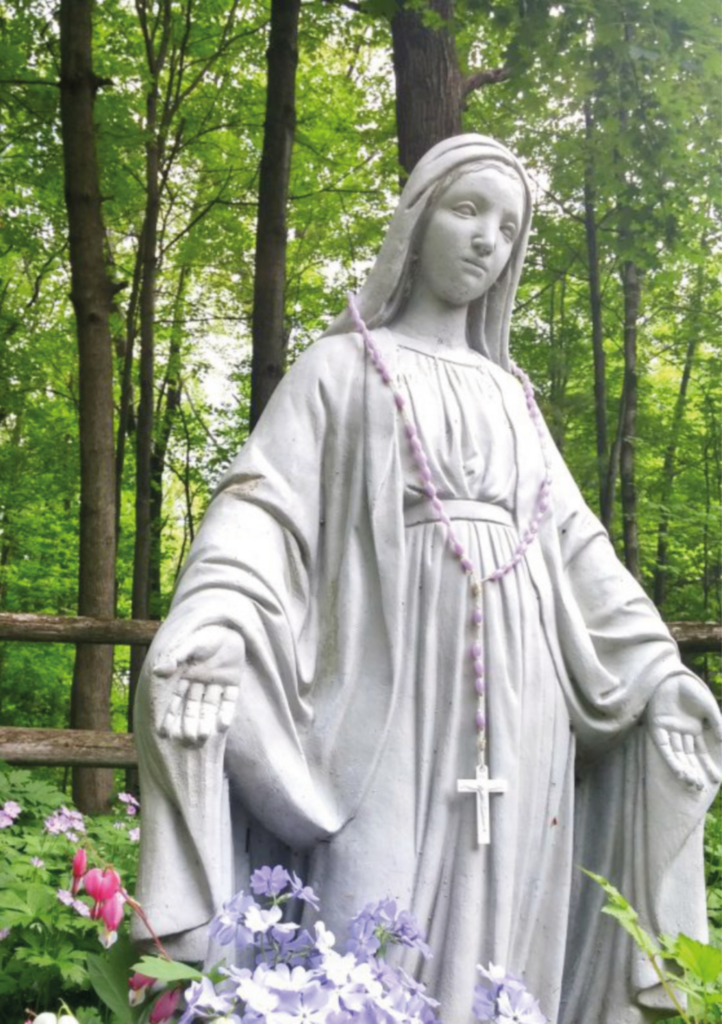
To be like Mary, to imitate her quality of presence, is to be as soil. Our food, our shelter, our clothing, the air we breathe all depend on soil. To be like Mary is to behold a soil that is pure and wholesome, ready and open to germination. Mary as soil, is a life lived in whole-hearted receptivity. She is fertile, full of vitality and able to support life. Life deep and true takes root in the fertile field of her womb. Cultivated of mind and heart She is the one bringing life Divine into our world. She is the medium, the vital ingredient for our garden home. Mary humble and willing, receives the seed of life and brings it to fruitfulness. She is the new Earth, the virgin soil in whom the seed of God is birthed and flourishes.
Mary as virgin soil supports and encourages certain ecological practices. She can enable us to think about our individual faith formation, for instance, we might make time to study Laudato si’ and learn about ecological conversion. As good soil we welcome seeds of the Word in all their forms. These come to us in Word and Sacrament, community life, daily engagements and various spiritual practices. Mary as a new innocence regenerates our world. With her we become guardians of the good soil of a world made new, we support the emergence of ecological civilisation.
In a spirit of care in our homes, we can keep all food waste out of local landfills. This means embracing a home compost system/wormfarm that works for us and our household. We can also be more “grounded” in our daily rounds, seeking ways to walk, cycle, use public transport and become flight-less Kiwis. We are encouraged to eat lower on the food chain by opting regularly for a plant-based diet.
To be Mary, Mother – Garden: Ko te Whaea – Ko temāra kai
To be like Mary, is to contemplate the garden. Gardens are a set of relationships between soil, plants, moisture, sunlight, nutrients and a gardener. These relationships are the ingredients and conditions that conspire to produce fruitfulness. Abundance and fruitfulness is always the promise of a well-tended garden. When the time is right a garden produces a welcome and nutritious harvest. The gardener stands in awe of what is produced and shares it with family and friends. The Marian garden is full of promise for the health and well-being of all who share in it. The garden is symbolic of all eco-systems in the world in need of restoration. The home garden quietly subverts our fast food culture and promotes the vitality of “slow food” and the family kitchen.
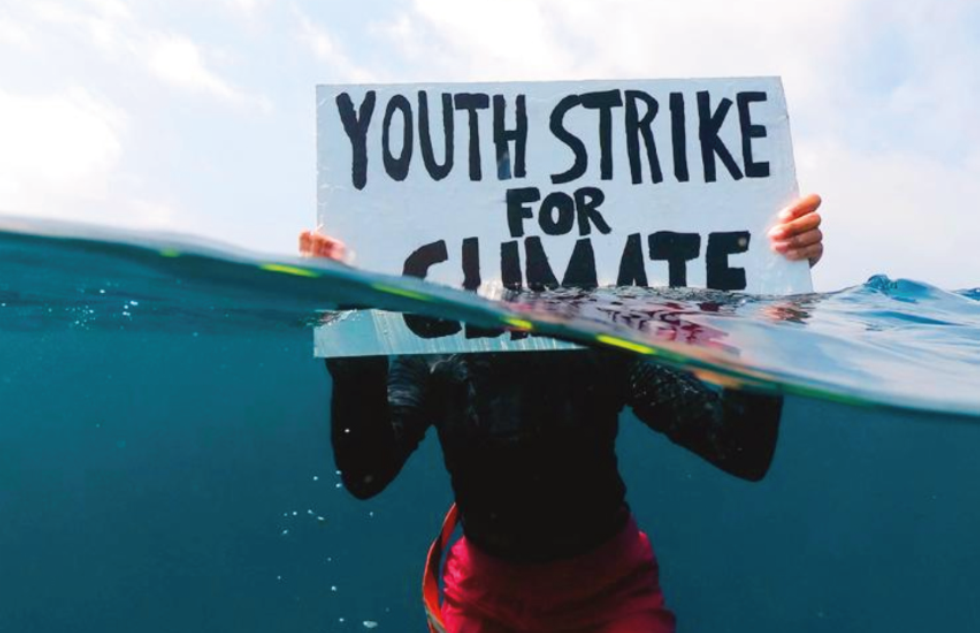
Mary as Mother and garden encourages a practice of re-inhabitation.
The garden is an expression of community, interaction and exchange. Like plants in a garden we find ourselves with others, in congregations, homes, cities, towns, farms and workplaces. These places are diverse and full of life from the ground up. The garden is a good site to reflect on being a disciple in a particular place, embedded in a certain climate and community. We can reflect on being Mothers of God, planters, growers and harvesters, in our own unique ways. In an open-hearted spirit we allow our garden to be a place of contemplation and learning. We do this mindful of Mary’s practice as a gardener and minder of trees and vines in Her Middle-Eastern town of Nazareth.
In a spirit of reconnection, our backyard can be a place to create a garden or we might join a community garden. We can study organic growing or permaculture design. We can integrate our compost system into our garden, by having it close to our garden and tending to it often. A garden will bring us into relationship with the seasons, soil types, crop rotations and the geography of our place. Water for your garden can be harvested from nearby roofs. We can think of our gardens as places of witness for the care of our common home. We can develop orchard areas if the space is available.
To be Mary: Queen – Our whole Earth: Ko te Whaea – Ko te Ao Katoa
To be like Mary our Queen, is to develop a heart of tenderness for the whole Earth. Such tenderness is all inclusive and expansive, it reaches into the cosmos. Much of the administration and governance of our garden home on Earth is in a perilous state. Extractive and industrial economies threaten the integrity of life everywhere. Eco-systems on both land and sea are struggling. Care for the whole of creation has never been more urgent. We invoke and take inspiration from Mary Queen of all Creation. We welcome her love and tenderness for people and places everywhere. We entrust into Mary’s cosmic concern the great work before us, of renewal and blessing.
Mary as Queen of Heaven and Earth will support our advocacy for all of Creation. We can become disciples with a new sensitivity for our broken world. We can open our minds and hearts to those who are suffering most in this crisis of inequality, pollution, conflict and over consumption. With her we can generate visions of a world beyond crisis. We can ask revealing questions as to, “Why there are so many crucified poor in our world community?”. We entrust ourselves to the Queenship of Mary as we create an ecological spirituality and cultures of peace and equity. We acknowledge the primacy, the ever-present role of the feminine, in the creation a just and life-sustaining world.
Renewable energy, regenerative agriculture, tree planting, aquaculture, low carbon living, non-violence, ecological economics, social analysis and everything that draws-down harm, is our only viable future. These practices and paths are part of the great turning away from the ravages of industrial growth towards a life-sustaining society. Under the Queenship of Mary we join with her, and all movements, leading us toward a world refounded in reverence and respect.
E te Whaea Tapu, Hine nui o te Ao Katoa, tiakina mātou.
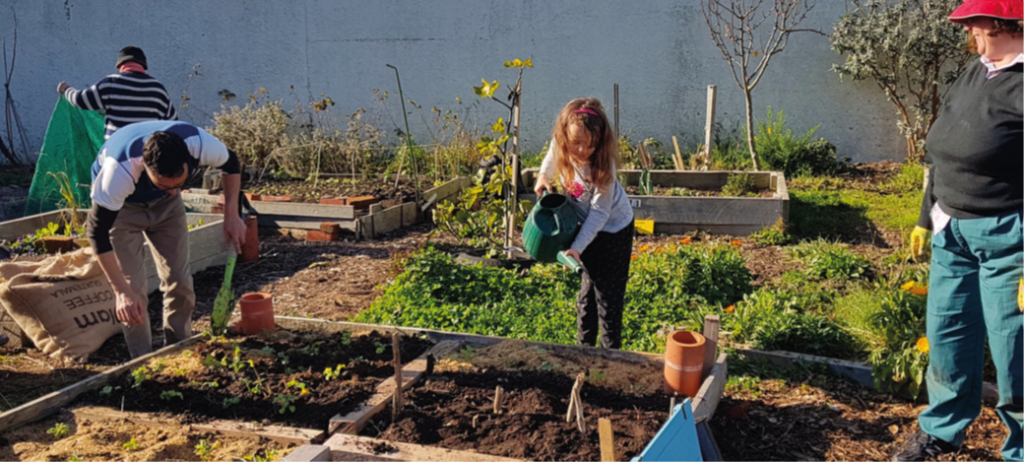
Holy Mother,
Our Protection and Help,
we ground ourselves
in your spirit of care.
Mary Virgin soil, inspire us.
Mary Mother and fruitful garden, feed us.
Mary Queen of the cosmos, enfold us.
May all that is lost be recovered,
all that is broken be restored in your
goodness and grace.
Recreate us in reverence and respect.
Watch over us always.
Amen.
Pā Peter Healy sm, of Whānau Maria – Marist Community, Pukekaraka, Ōtaki, will present Living Laudato si’ – Marian ecology, as an online seminar, 7.30pm–8.30pm, Tuesday, 24 May.